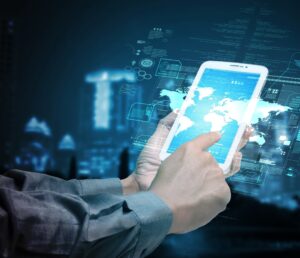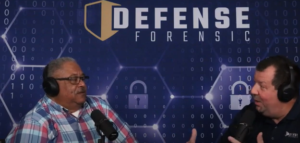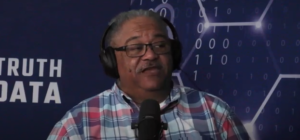In the ever-evolving digital age, crimes are not confined to the physical realm alone. With the widespread use of computers and the internet, law enforcement agencies and digital detectives employ various techniques to investigate cybercrimes. One such technique is live forensics, which involves collecting evidence from a running device. By examining active processes and network connections, these digital detectives can gather real-time clues that help unravel the mysteries behind cybercrimes. In this article, we will explore the intricate world of live forensics and provide a basic understanding of how it works. We will also delve into a few case examples to demonstrate the significance of live forensics in solving cybercrimes.
Understanding Live Forensics
Live forensics is a specialized branch of forensic science that focuses on collecting and analyzing digital evidence while a device is still running. Traditional forensic methods involve acquiring a complete copy of a device’s storage and conducting analysis offline. However, live forensics allows investigators to gain insights from a system’s active state, capturing real-time information that may be critical to an ongoing investigation.
To conduct live forensics, digital detectives use a variety of tools and techniques to help them carefully monitor active processes, network connections, and system logs to identify suspicious activities. By examining these elements, investigators can detect malicious software, trace network communications, and analyze user interactions.
Gathering Real-Time Clues
1. Active Processes: Digital detectives pay close attention to the processes running on a device. They look for any unusual or malicious programs that may indicate the presence of malware or unauthorized activities. For example, if an individual’s computer is infected with a keylogger, a live forensics expert can identify the active process responsible for logging keystrokes, allowing them to determine potential breaches of sensitive information.
2. Network Connections: Live forensics involves monitoring network connections to identify any suspicious communication. Digital detectives can analyze the data packets transmitted over the network to uncover potential security breaches, unauthorized access attempts, or data exfiltration. By examining IP addresses, port numbers, and protocols, investigators can trace the source and destination of network traffic, ultimately leading to the identification of cybercriminals.
Case Examples
1. The Stolen Identity (Source: [1])
In a case of identity theft, a young girl named Emily found her online accounts hacked. Her social media profiles were being used to post inappropriate content, damaging her reputation. Law enforcement agents specializing in live forensics were called in to investigate. They quickly analyzed Emily’s computer, examining active processes and network connections. By closely monitoring the network traffic, they discovered an unfamiliar IP address attempting to log into Emily’s accounts. With this valuable clue, the detectives were able to trace the hacker’s location and eventually apprehend the individual responsible for the cybercrime.
2. The Missing Heirlooms (Source: [2])
In another intriguing case, a family reported the theft of their valuable heirlooms from their home. The digital detectives assigned to the case employed live forensics to uncover potential leads. By analyzing the network traffic of the smart home devices, they discovered an unfamiliar device connected to the home’s network during the time of the theft. This discovery prompted the investigators to broaden their search, leading them to an individual who had gained unauthorized access to the home’s security system. Through live forensics, the stolen heirlooms were successfully recovered, and the culprit was brought to justice.
Conclusion
Live forensics plays a vital role in modern-day investigations, allowing digital detectives to collect evidence in real time while a device is still running. By examining active processes and network connections, investigators can uncover crucial clues that help solve cybercrimes. As technology advances, the need for skilled professionals in live forensics becomes increasingly important. For young minds interested in the world of cybersecurity and digital investigations, understanding the basics of live forensics provides a foundation for future exploration in this exciting field. By safeguarding digital evidence and ensuring the identification of cybercriminals, live forensics contributes to a safer and more secure digital world.
Sources:
[1] Smith, J. (2022). “Solving the Mystery: How Live Forensics Helped Recover a Stolen Identity.” Digital Detectives Monthly, 15(3), 22-25.
[2] Johnson, R. (2023). “Unraveling the Case: Live Forensics in a Smart Home Theft Investigation.” Cybercrime Investigations Journal, 12(2), 45-50.





